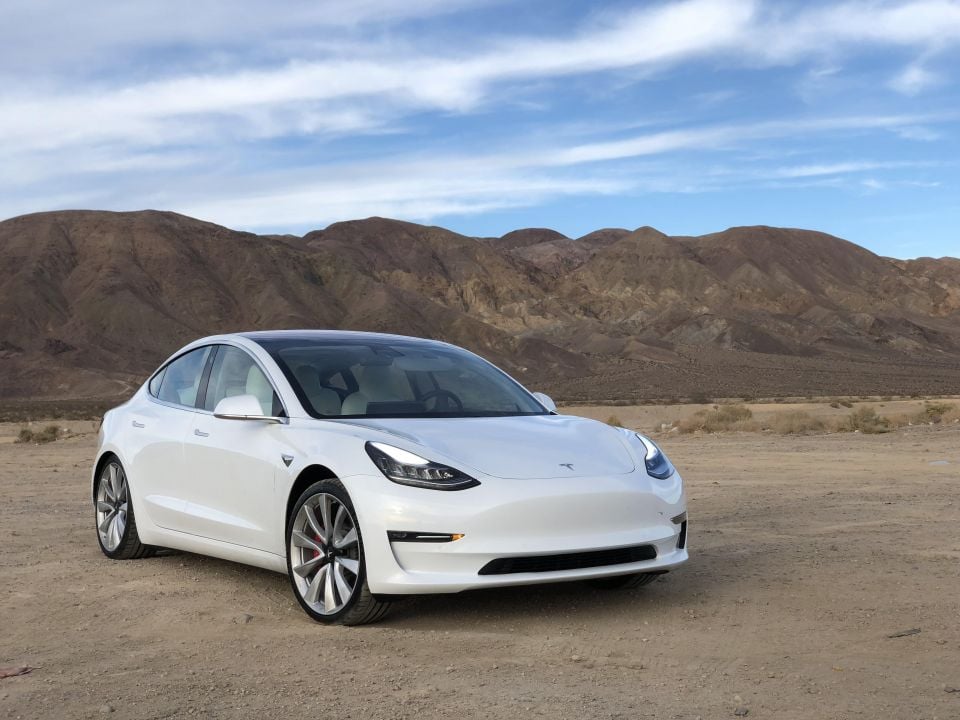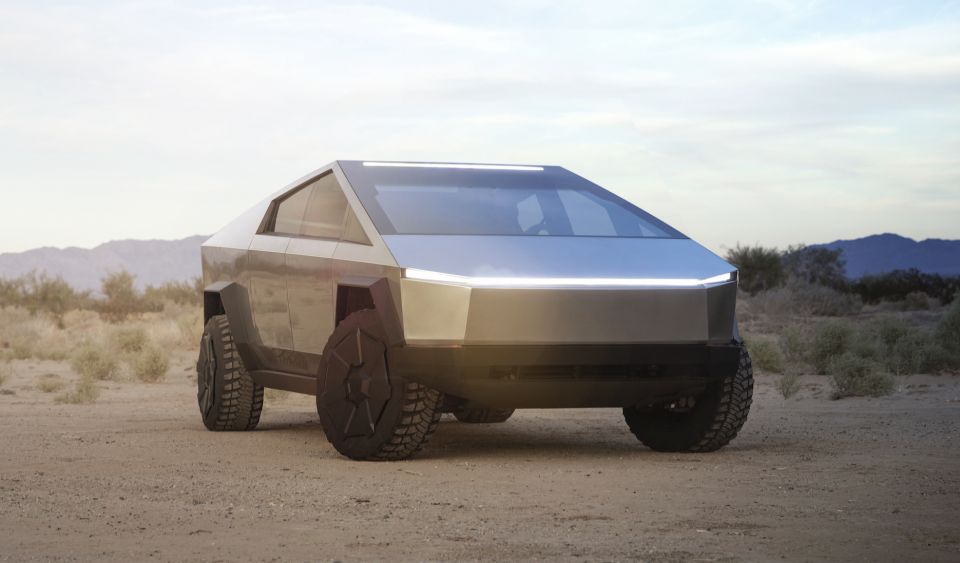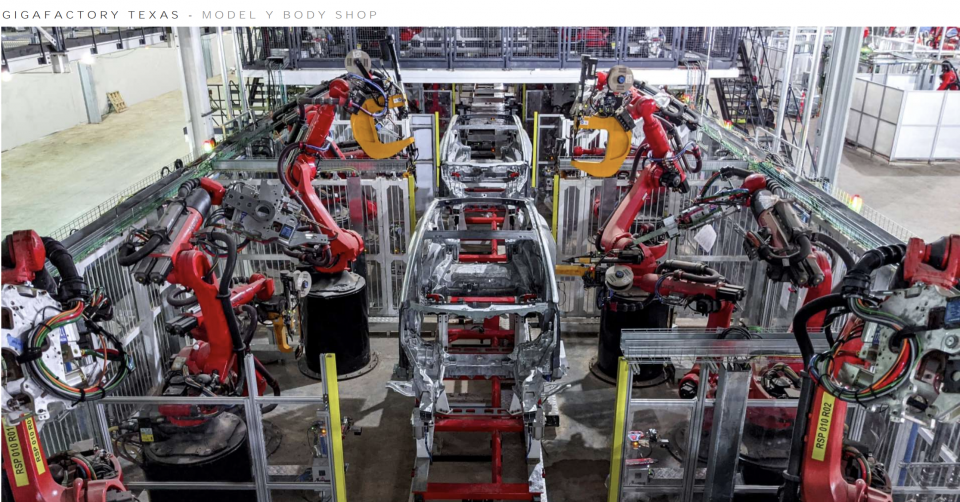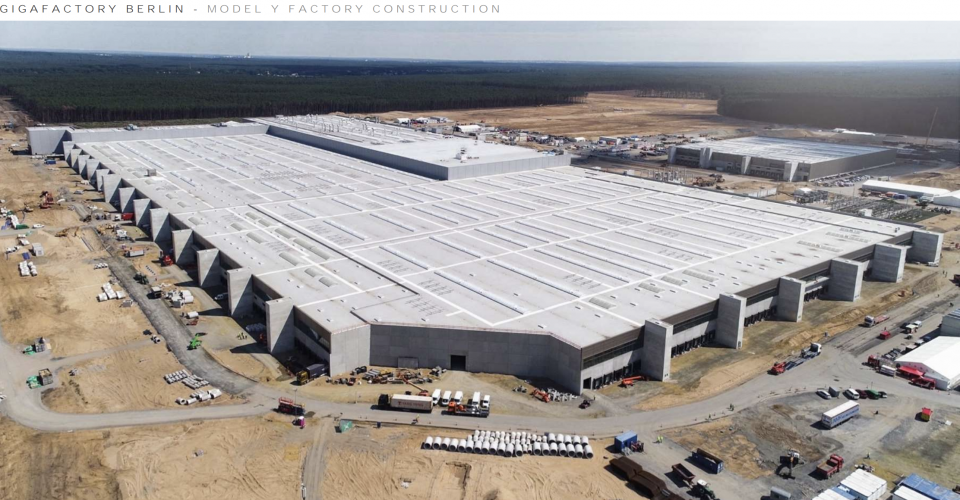

Josh Nevett
CarExpert's top five large SUV reviews of 2025
33 Minutes Ago

Senior Contributor
Tesla “broke new and notable records” in the second quarter of 2021, according to its latest shareholder deck.
As well as producing more than 200,000 cars over Q2 (98.9 per cent being either Model 3s or Model Ys), it achieved an impressive 11 per cent operating margin and eclipsed $US1 billion ($A1.4b) net income.
“Public sentiment and support for electric vehicles seems to be at a never-before-seen inflection point,” the company said.

“We continue to work hard to drive down costs and increase our rate of production to make electric vehicles accessible to as many people as possible.”
Per Reuters, for the first time since late 2019 Tesla profits also did not rely on sales of environmental credits to other automakers such as Stellantis – a sign of financial health for the manufacturing side.
Among its achievements for the quarter beyond record production and deliveries (206,421 units and 201,250 units respectively) were the successful launch of its new Full Self Driving subscription plan, beta snags and all, and commencement of deliveries of the updated Model S.

It also pledged to open its Supercharger network to other brands, signed a supply agreement with mining giant BHP to source battery nickel from Western Australia, and offered the latest timing on production of the Model Y and (still in development) Cybertruck.
The company says it has installed annual capacity for 100,000 Model S/X cars and 500,000 Model 3/Y cars in California, and another 450,000 Model 3/Y slots in Shanghai, where Australia gets its Teslas from.
It’s also currently constructing plants in Berlin and Texas that it says will be operational by the end of 2021, but classifies the Cybertruck, Semi and Roadster as “in development”.

“To better focus on these factories, and due to the limited availability of battery cells and global supply chain challenges, we have shifted the launch of the Semi truck program to 2022,” it said.
“We are also making progress on the industrialisation of Cybertruck, which is currently planned for Austin production subsequent to Model Y,” it added, pointing to a 2022 commencement.
In terms of outlook, the company says it plans to grow its manufacturing capacity as quickly as possible.

“Over a multi-year horizon, we expect to achieve 50 per cent average annual growth in vehicle deliveries. In some years we may grow faster, which we expect to be the case in 2021,” it said.
“The rate of growth will depend on our equipment capacity, operational efficiency, and the capacity and stability of the supply chain.”
Where expert car reviews meet expert car buying – CarExpert gives you trusted advice, personalised service and real savings on your next new car.


Josh Nevett
33 Minutes Ago


Ben Zachariah
17 Hours Ago


CarExpert.com.au
1 Day Ago


Damion Smy
2 Days Ago


Damion Smy
2 Days Ago


Damion Smy
2 Days Ago